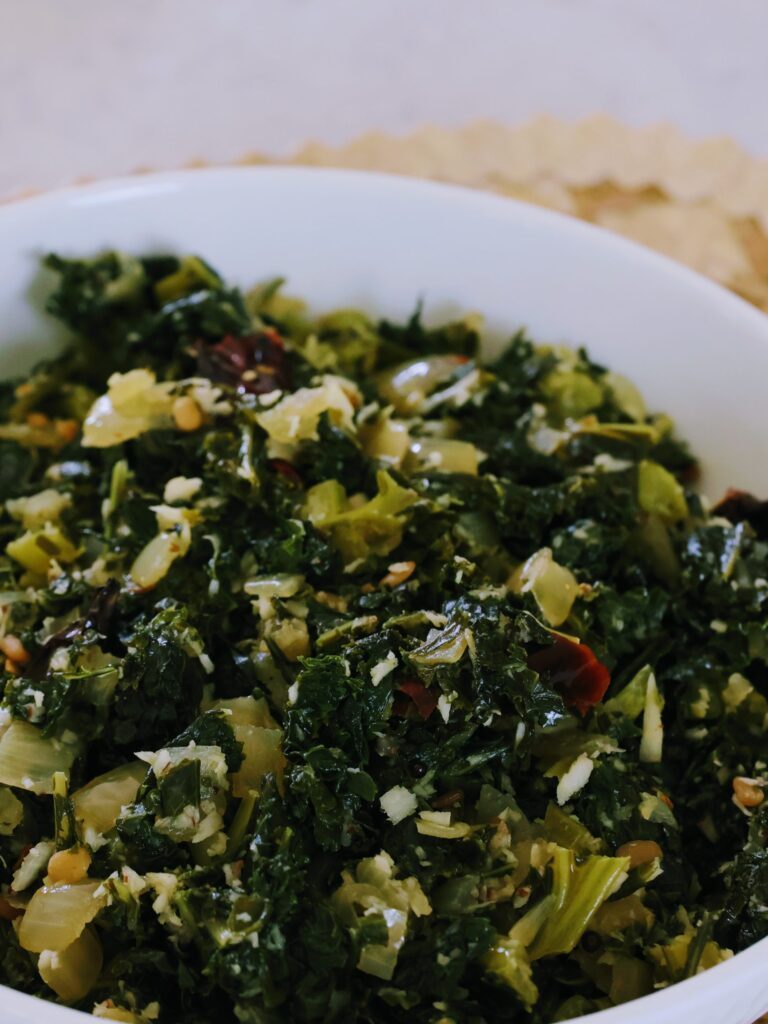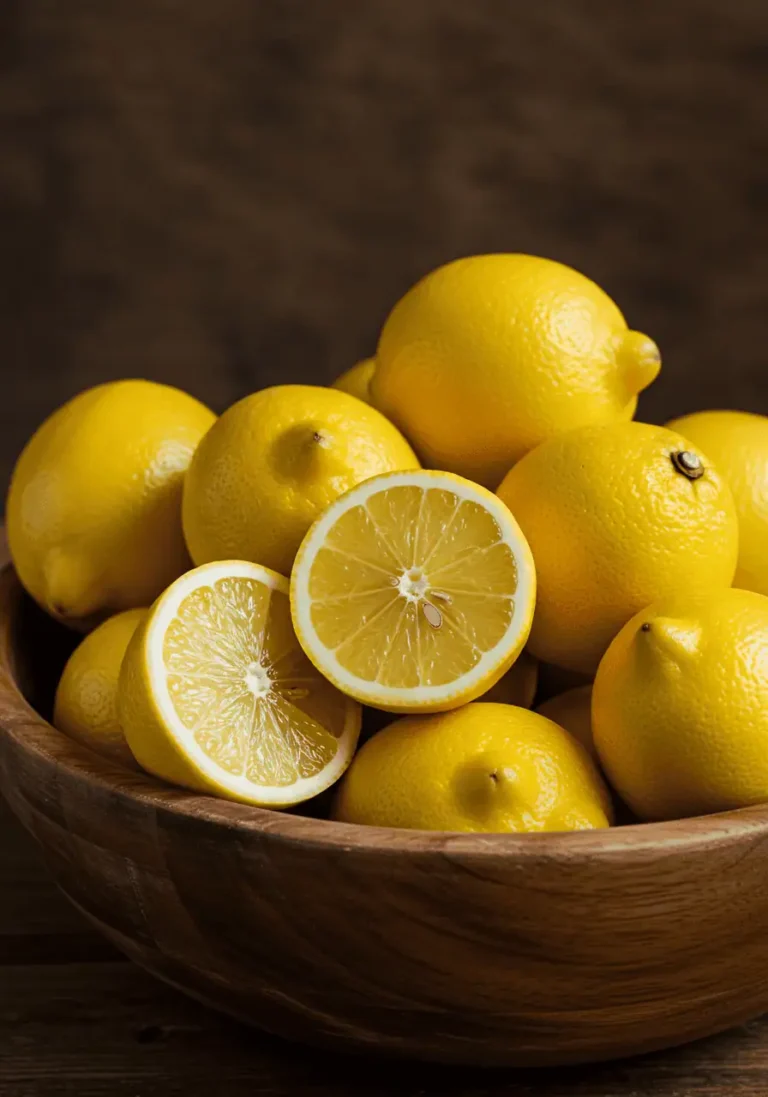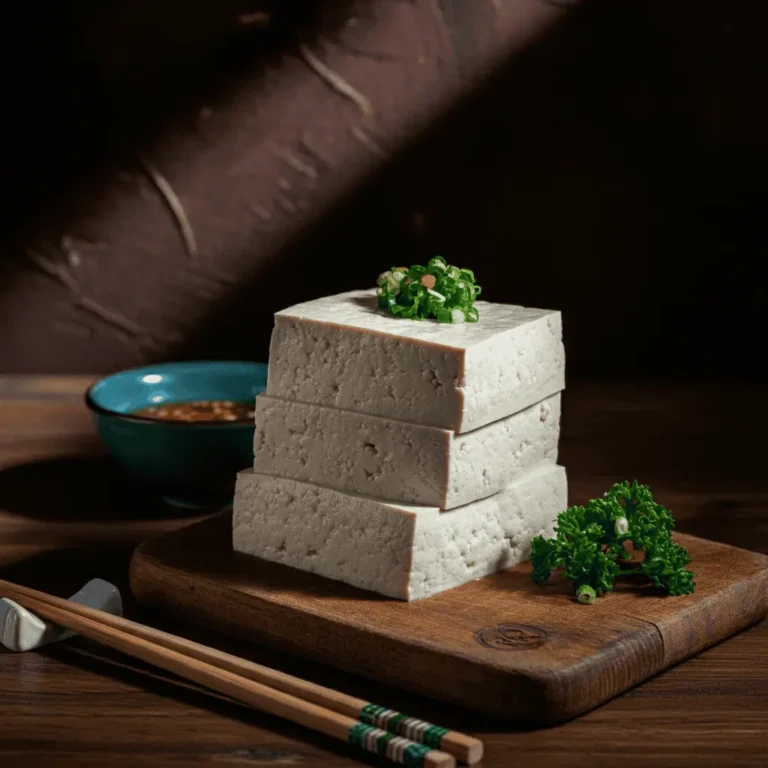Baking Powder vs Baking Soda
In the world of baking, two common leavening agents often come into play: baking powder and baking soda. While they may seem similar and are sometimes used interchangeably, they have distinct properties and uses that can significantly affect the outcome of your baked goods. This blog explores the differences between baking powder and baking soda, their chemical compositions, how they work, and when to use each one in your recipes.
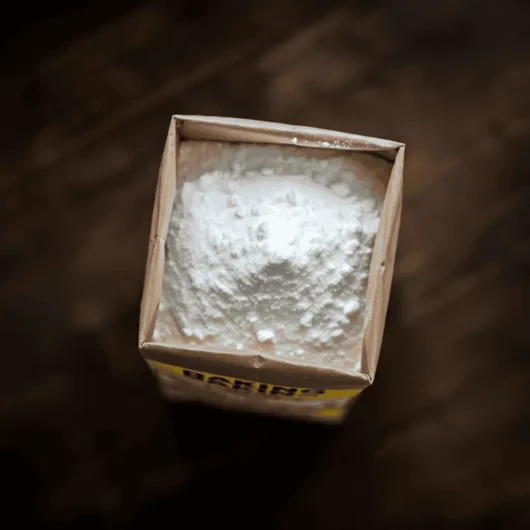
Chemical Composition
Baking Soda: Also known as sodium bicarbonate, baking soda is a single compound (NaHCO₃). It is a base that requires an acid and a liquid to activate and produce carbon dioxide gas, which helps baked goods rise.

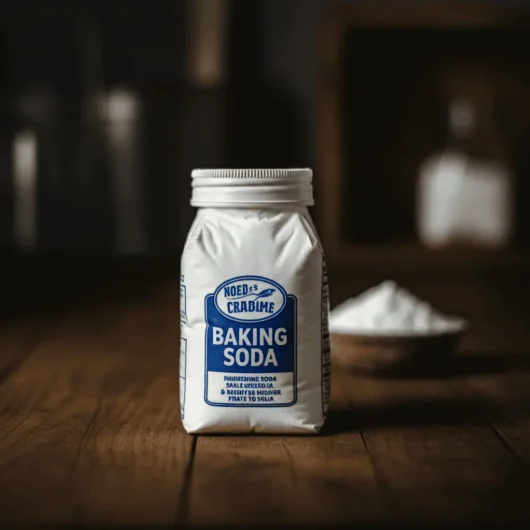
Baking Powder: Baking powder contains sodium bicarbonate along with an acidifying agent (usually cream of tartar) and a drying agent (usually starch). It is a complete leavening agent, meaning it contains both the base and the acid needed for the leavening process.

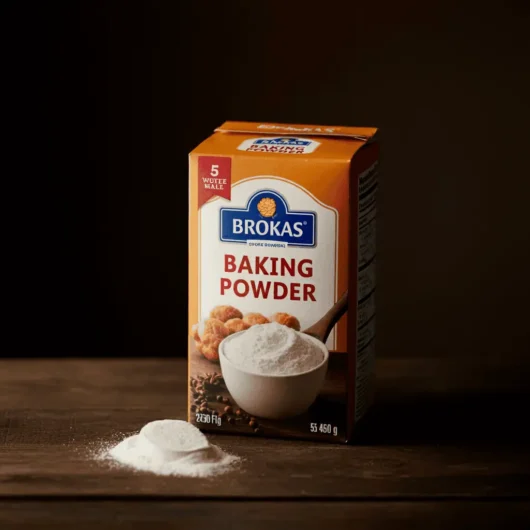
How They Work
Baking Soda: When baking soda is mixed with an acid (like vinegar, lemon juice, or buttermilk) and a liquid, it reacts immediately to produce carbon dioxide gas. This gas forms bubbles that cause the dough or batter to expand and rise. Because the reaction starts as soon as the ingredients are mixed, it’s important to bake the mixture right away.
Baking Powder: Baking powder can be either single-acting or double-acting. Single-acting baking powder reacts once when exposed to moisture. Double-acting baking powder reacts in two phases: once when mixed with wet ingredients and again when exposed to heat. This allows for more flexibility in baking, as the batter can sit for a while before baking without losing its leavening power.

When to Use Each
Baking Soda: Use baking soda in recipes that already contain an acidic ingredient. Common examples include recipes with buttermilk, yogurt, lemon juice, or vinegar. The acid in these ingredients will activate the baking soda, allowing the baked goods to rise properly.
Baking Powder: Use baking powder in recipes that do not contain an acidic ingredient. Since baking powder contains both the acid and the base, it can be used in recipes that rely on neutral ingredients like milk. Double-acting baking powder is particularly useful for recipes that require a longer preparation time before baking.

Substituting One for the Other
While baking powder and baking soda are not directly interchangeable, you can sometimes make substitutions with adjustments:
- Substituting Baking Soda for Baking Powder: If you only have baking soda and a recipe calls for baking powder, you can make your own baking powder by combining 1 part baking soda with 2 parts cream of tartar. This homemade mixture will act as a substitute for baking powder.

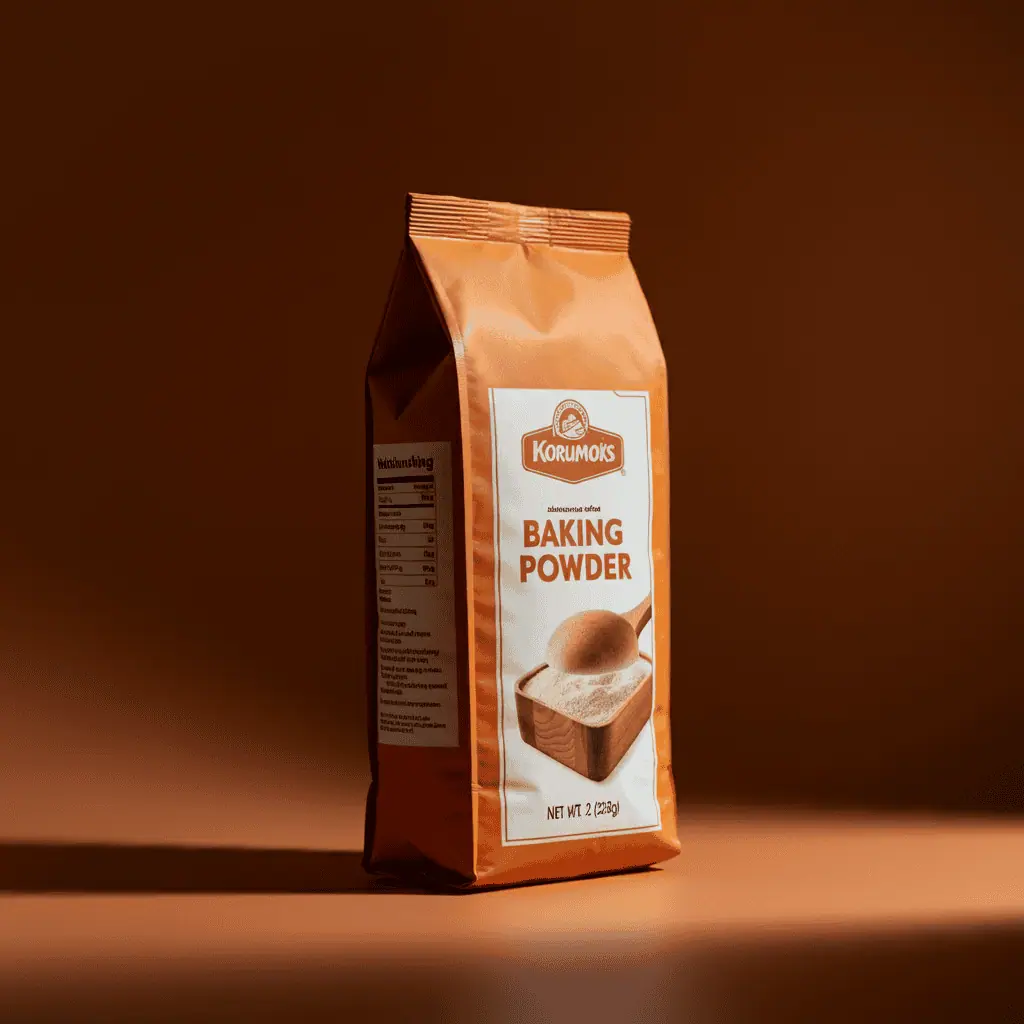
Substituting Baking Powder for Baking Soda: If a recipe calls for baking soda and you only have baking powder, you will need to use more baking powder to achieve the same leavening effect. Typically, you would use about three times the amount of baking powder as baking soda. However, this can affect the taste and texture of the final product, so it’s not always an ideal substitution.

Understanding the differences between baking powder and baking soda is crucial for successful baking. Each has its own unique properties and specific uses, and knowing when and how to use them can help you achieve the best results in your baked goods. Whether you’re whipping up a batch of cookies, a cake, or a loaf of bread, choosing the right leavening agent will ensure your creations rise to the occasion.
Happy baking!
Discover more from The Kitchen Code
Subscribe to get the latest posts sent to your email.



